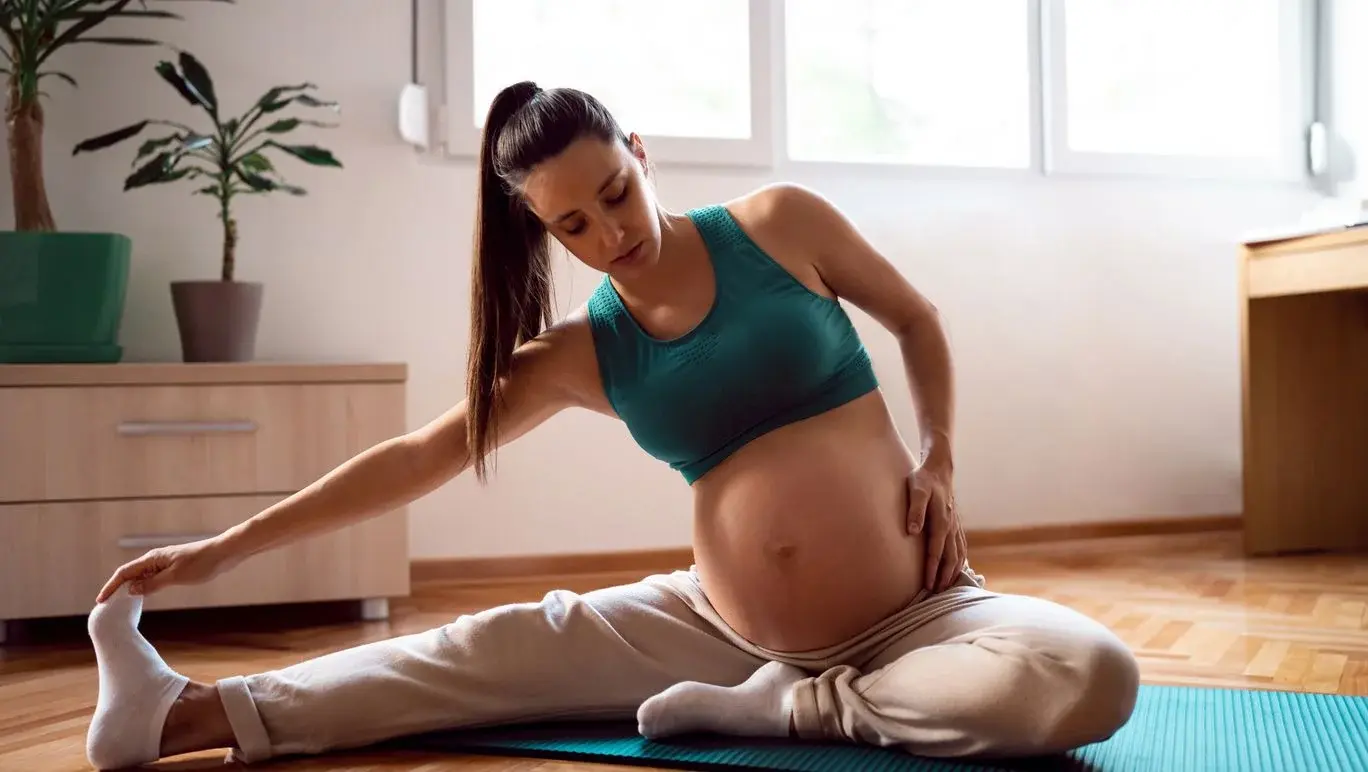Moving with confidence: Exercise tips for preconception and pregnancy

Trying to conceive and pregnancy are unique life stages that often call for changes in both physical and mental routines. Movement is an empowering way to build strength, manage stress, and support fertility, but understanding what’s best for your body can feel complex. We’re here to provide straightforward, research-backed guidance to help you navigate movement confidently on this journey.
Focus on gentle, consistent movement
Regular, gentle exercise supports circulation, hormone balance, and mental wellbeing, which are all essential for fertility and a healthy pregnancy. Research suggests that moderate-intensity activities like swimming, walking, yoga, and pilates can reduce stress and support reproductive health by promoting blood flow to reproductive organs.
Tip: Aim for 20-30 minutes of low-impact exercise most days. This could mean a brisk walk or a yoga session to stay active without overloading your body.
Strengthen your core and pelvic floor
Building core strength can alleviate back pain and stabilise your body during pregnancy. Pelvic floor exercises are essential for preparing the body for the physical demands of pregnancy and birth, and they may even reduce the risk of urinary incontinence and the occurrence of third- or fourth-degree perineal tears during labour.
Tip: Try 10 minutes of core and pelvic floor work a few times per week. Exercises like gentle planks, bridges, or side-lying leg raises may be beneficial in both preconception and pregnancy. However, it's important to see a healthcare professional (such as a pelvic floor physiotherapist) for individual guidance.
Breathwork to manage stress and support movement
The link between stress reduction and fertility is well documented. Practising controlled breathing exercises not only calms the mind but also increases oxygen flow, enhancing movement quality and overall relaxation.
Tip: Incorporate deep breathing or mindfulness into your daily routine, particularly before or during exercise, to improve focus and reduce anxiety.
Low impact strength training
Pregnant women without medical complications are encouraged to include gentle strengthening exercises in their routines. Functional and postural movements, such as bodyweight exercises, light weights, or resistance bands, help to maintain core strength, flexibility, and body composition. They may also support musculoskeletal health and ease discomfort, such as lower back or pelvic pain, as pregnancy progresses.
Tip: Following Australian guidelines, aim for muscle-strengthening activities twice a week. However, it’s best to avoid heavy lifting and intense, repetitive isometric exercises (exercises where muscles contract without moving, like holding a plank), as their safety isn’t fully understood yet.
The bottom line
Whether you’re preparing for pregnancy or already expecting, movement can be a powerful ally for physical and mental resilience. Remember, the key is to stay in tune with your body and adjust intensity as needed. Moving with confidence during this time not only nurtures your physical health but also builds a sense of empowerment as you journey toward growing your family. And always remember it’s important to chat to your healthcare professional about what movement is right for you.
Related articles:
- The impact of excessive exercise on fertility- how much is too much?
- Foods for fertility: How your diet can support ovulation
- Epigenetics explained: How lifestyle choices impact your future family
Reviewed by Healthylife health experts December 2024.
This article is for informational purposes only and does not provide medical advice, diagnosis, or treatment. Any information published on this website or by this brand is not intended as a substitute for medical advice. If you have any concerns or questions about your health you should consult with a health professional.
